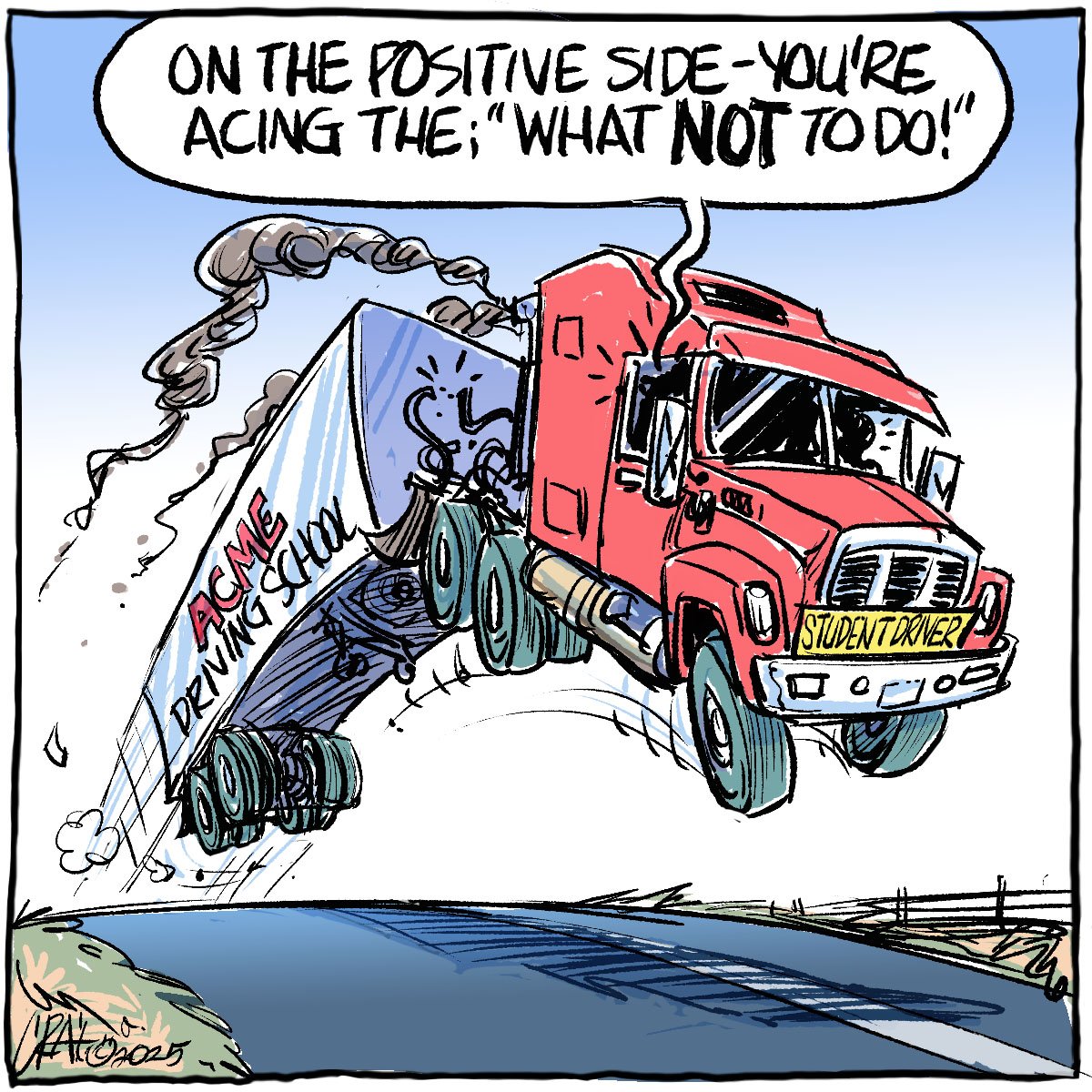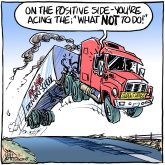Canada’s freshman agriculture minister, Lyle Vanclief, had the words right when he called a top-level grain transportation meeting for July 25.
It will not be enough, the minister said, for participants to pledge their best efforts to improving the grain transportation system:
“We need a concrete plan to make sure the grain moves this winter.”
That, of course, is easier said than done. But it is the correct objective.
Meeting that goal will be an important measure of the performance and credibility of Vanclief, transport minister David Collenette, and wheat board minister Ralph Goodale.
Read Also

Efforts to improve trucking safety must be applauded
The tragedy of the Humboldt Broncos bus crash prompted calls for renewed efforts to improve safety in the trucking industry, including national mandatory standards.
Canada’s reputation as a reliable grain exporter cannot face many repetitions of last winter’s transportation problems. Nor can farmers afford costly demurrage payments for ships sitting idly in Vancouver harbor, waiting for grain that isn’t there.
There is no time to spare. Export contracts and shipping schedules have to be arranged well before December’s snowstorms.
Those who are marketing the grain need to know how much they can safely schedule for winter shipment.
Policymakers, however, should not let the urgency of this issue detract from a more comprehensive review of the transportation system.
As branch lines are abandoned and elevators close, rural roads are under increasing strain. Rural municipalities face heavier road maintenance costs, while farmers’ trucking costs rise.
Is the efficiency gained by branchline abandonment worth it? A recent National Farmers Union release suggests it is not.
If all 6,000 miles of grain-dependent branchlines were closed, the NFU calculated, the cost base for calculating grain freight rates would be reduced by $60 million, about five cents a bushel.
“The increased costs to farmers of trucking grain longer distances and higher municipal taxes to pay for road maintenance would be many times higher,” the NFU said.
To deal with such longer-term, more comprehensive issues, the four western provincial governments have jointly asked the federal government to create an independent commission to review the grain transportation system.
The provincial governments made it clear they do not want an elaborate, lengthy commission.
Their proposal is that the commission would report by next February and any needed legislative changes would be in place by Aug. 1, 1998.
That ambitious timetable could be met, if policymakers show the will to make it so. It’s time for action.














